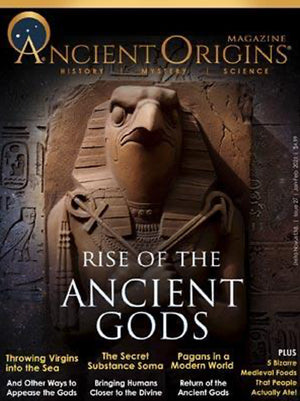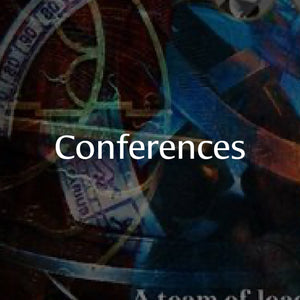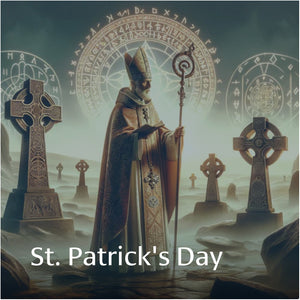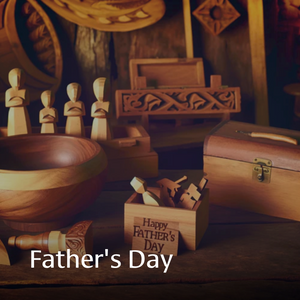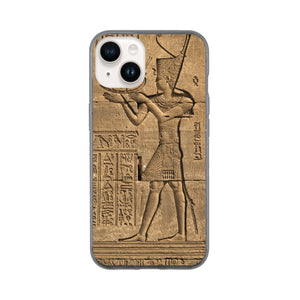
Who built this City? Finding Akre Leuca, Hamiclar’s Lost City
- Regular price
- $17.00
- Sale price
- $17.00
- Regular price
-
- Unit price
- per
-
Product Information
Deep in the heart of the Portuguese arid interior lies a city, Castelo Branco, the regional capital of the lands known as Beira Baixa and it is strategically well-placed near the grand Tejo river, the superhighway of ancient times. The locals call it Castraleuca. Where does this name come from? Who built this city?
Historian Porfirio de Silva in 1853 quoted a contemporary document which was very specific about the origins of the city: “Seven hundred years before the time of Christ, in the time of the Carthaginians, Goths, Saracens, there existed on Cardoso hill the ancient Castraleuca, and from its ruins of Castelo Branco was built.”
A little-known historian Gaspar Alvares de Lousada said Castelo Branco had been rebuilt by the Knights Templars from the ruins of Castraleuca. He evidently had seen ‘cippos’ (marker stones) which identified Castelo Branco as being the ancient Castraleuca. This is confirmed by the city foral (a royal document) written by Knights Templar Pedro Alviti in 1213: Volumus restaurare atque populare castelbranco. Translated this gives “we wish to restore and populate Castelo Branco”.
Contemporary historian Herculano rejected the idea of Castelo Branco as being Castraleuca. His arguments were based upon the work of Ptolemy the Greek Geographer, who in the first centuries AD placed Castraleuca south of the Tejo. Ptolemy wrote from Alexandria in Egypt and had never placed foot on Lusitanian soil.
So, who built this city? Who was here in Iberia at that time? It cannot have been any of the indigenous Celtic tribes, as they lived in their castros on the hilltops. Who else were around at such an ancient time?
The Greek writer Diodorus in describing the Punic wars between the Carthaginians and Romans refers to a city by the name of Akre Leuca which was built by charismatic Carthaginian leader Hamilcar Barca, father to the famous Hannibal, but it remains to be found.
Hamiclar was ambushed and died at Castrum Album. Akre Leuca means ‘white high place or promontory’; ‘Castra Leuca’ (Latinized form of the Greek) means Castelo Branco (Portuguese) which in full Latin is Castrum Album. They are, in fact, the same place. The Latin form of the name is particularly significant because it has become the household name of every person born in Castelo Branco. They are Albicastrenses, a name which has always been shrouded with mystery and remoteness. Have we discovered Hamiclar’s lost city, rebuilt by the Templars?
Born in Burnham, England in 1959, Tom G. Hamilton moved to the interior of Portugal in 1992. He is currently investigating the ancient peoples of Beira Baixa, a small region in the interior of Portugal. He has made documentaries and films about the region, music, and the culture, and is currently writing a book about one of his discoveries— unique Iberian turquoise. He is a trained language teacher, professional musician, songwriter and producer, gem-hunter, artisan, investigator, and writer.
Tom spends a lot of his time on mountains, and with Michael Severin, produced Black Mountain Argemela, a film dedicated to the preservation of Argemela and its unique ecosystem. Published on YouTube channel, Vettonia Films.


